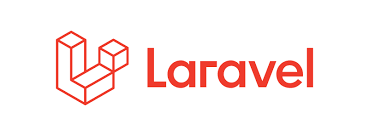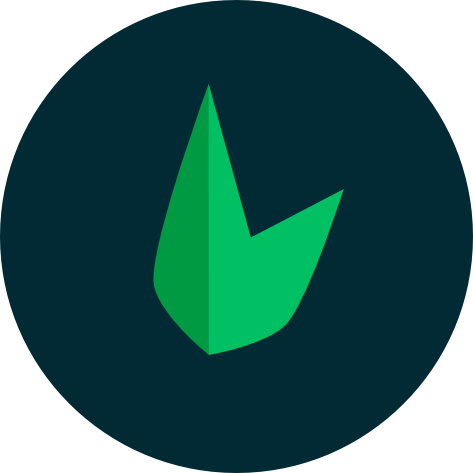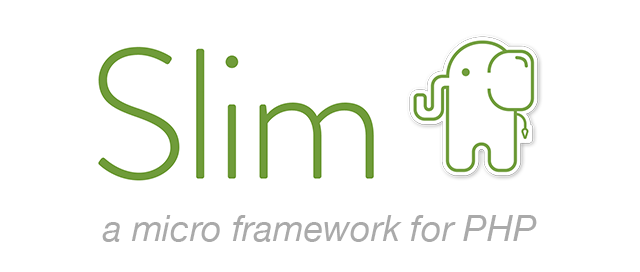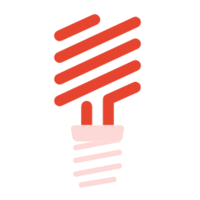Top 5 PHP REST API Frameworks
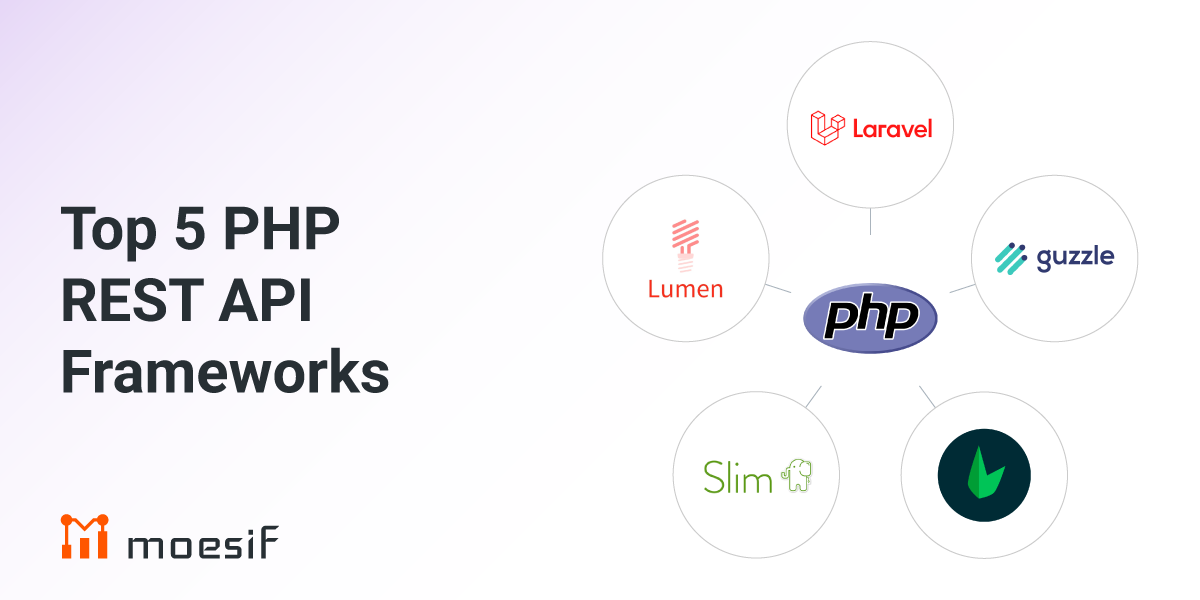
PHP (Hypertext Preprocessor) is a programming language that is primarily used for web development. It is a server-side language, which means that it is executed on the server rather than in the user’s web browser. PHP is often used in combination with HTML, CSS, and JavaScript to create dynamic and interactive websites. One of the main advantages of PHP is that it is easy to learn and use, making it a popular choice for web developers of all skill levels. PHP also has a large and active developer community. This community provides a wealth of resources for those who want to learn more about the language or get help with specific issues.
In PHP, there are several frameworks available that make it easy to create REST APIs, including Laravel, Slim, and Lumen. These frameworks provide a range of features and libraries to help developers create APIs quickly and efficiently, including support for routing, request and response handling, and data validation. Whether you are building an API for a small project or a large application, there is likely a PHP web development framework that can meet your needs.

When choosing an API framework for PHP, there are a few key factors to consider:
Performance: If your API will be handling a large number of requests or processing a lot of data, performance is an important factor to consider. Look for a web framework that is optimized for speed and efficiency.
Ease of use: Consider the complexity of the framework and whether it is easy to learn and use. This is especially important if you are new to PHP or website development.
Feature-rich and libraries: Think about the features and libraries that you will need for your API and whether the framework you are considering has built-in support for these. You may also want to consider the extensibility of the framework, in case you need to add custom functionality.
Community and resources: Look for a modern framework with a large and active community of developers and a wide range of resources available, including documentation, tutorials, and packages. This can make it easier to get help and find solutions to problems.
Compatibility: Consider whether the framework is compatible with the version of PHP you are using and the hosting environment you will be deploying to.
It is also a good idea to try out a few different frameworks to see which one is the best PHP framework for your needs and preferences as a web developer.
The Frameworks
Laravel 5
A web application framework with expressive, elegant syntax, Laravel strives to make development an enjoyable, creative experience. The goal of Laravel is to make development easier by easing common tasks used in most web projects, key features such as
- Simple, fast routing engine.
- Powerful dependency injection container.
- Multiple back-ends for session and cache storage.
- Database agnostic schema migrations.
- Robust background job processing.
- Real-time event broadcasting.
Pros of using Laravel:
- Ease of use: Laravel is known for its expressive syntax and intuitive design, which makes it easy for developers to get started and build applications quickly.
- Large community and resources: Laravel framework has a large and active community of developers and a wide range of resources available, including documentation, tutorials, and packages. This makes it easier for developers to get help and find solutions to problems.
- Built-in support for common tasks: Laravel has built-in support for common tasks such as URL routing, database access, and form validation, which can save time and effort for developers.
Cons of using Laravel:
- Complexity: While Laravel is relatively easy to learn and use, it can be more complex than some other frameworks because it offers a wide range of features and libraries. This may make it more challenging for developers who are new to PHP or web development.
- Performance: While Laravel is generally fast and efficient, it may not be the best choice for applications that need to handle a huge number of requests or process a large amount of data. In these cases, a lighter framework or microframework may be a better option.
- Compatibility issues: Laravel is a relatively new framework, so it may not be compatible with older versions of PHP or certain hosting environments. This can limit its use for certain projects or teams.
To learn more about Laravel framework, you can check out the docs Here
Guzzle
Sending HTTP requests and creating web service clients is made easy with Guzzle. In addition to service descriptions, resource iterators allow you to traverse paginated resources efficiently, batching allows you to send a large number of requests in a timely manner. It’s a framework that includes everything you need to build a robust web service client.
Pros of using Guzzle:
- HTTP request support: Guzzle is specifically designed to make it easy to send HTTP requests and handle responses, so it is a good choice for projects that need to interact with web services or APIs.
- Flexibility: Guzzle is a standalone library that can be used in any PHP project, whether it is a full-stack framework or a custom application. This allows developers to use it in a variety of projects and environments.
- Extensibility: Guzzle is designed to be modular and extensible, allowing developers to add custom functionality or extend existing features.
- Documentation: Guzzle has comprehensive documentation and a strong community of users, making it easier for developers to get started and find answers to questions or problems.
Cons of using Guzzle:
- Limited features: Because Guzzle is a standalone library, it does not include many of the features and libraries found in full-stack frameworks like routing, database access, and form validation. Developers may have to use other libraries or write their own code to implement these features.
- Complexity: While Guzzle is relatively easy to learn and use, it can be more complex than some other HTTP client libraries because it offers a wide range of options and features. This may make it more challenging for developers who are new to HTTP or web development.
- Compatibility issues: Guzzle is a standalone library, so it may not be compatible with certain hosting environments or older versions of PHP. This can limit its use for certain projects or teams.
To learn more about Guzzle framework, you can check out the docs Here
Leaf PHP
The Leaf MVC framework is a simple PHP framework for creating powerful web apps and APIs. Leaf MVC is powered by the Leaf Core and based on the Ruby on Rails and Laravel frameworks.
Pros of using Leaf:
- Lightweight framework and easy to learn: Leaf is a minimalistic framework, which makes it easy to learn and use for developers who are new to PHP or web development.
- Performance: Leaf is designed to be fast and efficient, making it a good choice for applications that need to handle a large number of requests or process a lot of data.
- MVC architecture: Leaf follows the Model View Controller (MVC) architecture, which helps to separate the presentation layer from the business logic and data management. This can make it easier to develop and maintain larger applications.
- Built-in support for common tasks: Leaf comes with built-in support for common tasks such as routing, database access, and form validation, which can save time and effort for developers.
Cons of using Leaf:
- Limited community support: Leaf is a relatively new and lesser-known framework, which means that there may be less community support and resources available compared to more established frameworks like Laravel or CodeIgniter.
- Limited features: Because Leaf is a minimalistic framework, it may not have as many built-in features and libraries as other frameworks. This means that developers may have to rely on external libraries or write their own code to implement certain features.
- Limited documentation: Leaf has limited documentation compared to other frameworks, which can make it more challenging for developers to get started and find answers to questions or problems.
- Compatibility issues: Because Leaf is a relatively new framework, it may not be compatible with older versions of PHP or certain hosting environments. This can limit its use for certain projects or teams.
To learn more about Leaf framework, you can check out the docs Here
Slim
The Slim PHP micro-framework allows you to develop APIs and web applications quickly and easily. At its core, Slim is a microframework designed to receive HTTP requests, route the requests to the relevant controllers, and return the corresponding HTTP responses. This simplicity makes Slim easy to learn and performant.
Pros of using Slim:
- Lightweight and easy to learn: Slim is a minimalistic framework, which makes it easy to learn and use for developers who are new to PHP or web development.
- Performance: Slim framework is designed to be fast and efficient, making it a good choice for applications that need to handle a large number of requests or process a lot of data.
- Extensibility: Slim framework is designed to be modular and extensible, allowing developers to add custom functionality or extend existing features.
Cons of using Slim:
- Limited features: Because Slim is a minimalistic framework, it may not have as many built-in features and libraries as other frameworks. This means that developers may have to rely on external libraries or write their own code to implement certain features.
- Limited documentation: Slim has limited documentation compared to other frameworks, which can make it more challenging for developers to get started and find answers to questions or problems.
- Compatibility issues: Because Slim is a relatively new framework, it may not be compatible with older versions of PHP or certain hosting environments. This can limit its use for certain projects or teams.
To learn more about Slim framework, you can check out the docs Here
Lumen
Laravel Lumen is a stunningly fast PHP micro-framework for building web applications with expressive, elegant syntax. By easing common tasks that are frequently encountered in most web projects, such as routing, database abstraction, queueing, and caching, Lumen aims to make development easier.
Pros of using Lumen:
- Performance: Lumen is designed to be fast and efficient, making it a good choice for building simple rest API development and microservices that need to handle a large number of requests or process a lot of data.
- Compatibility with Laravel: Because Lumen is based on Laravel, developers who are familiar with Laravel will find it easy to learn and use. This also means that Lumen can benefit from the large community of Laravel developers and resources.
- Extensibility: Lumen is designed to be modular and extensible, allowing developers to add custom functionality or extend existing features.
Cons of using Lumen:
- Limited features: Because Lumen is a minimalistic framework, it may not have as many built-in features and libraries as other frameworks. This means that developers may have to rely on external libraries or write their own code to implement certain features.
- Limited documentation: Lumen has limited documentation compared to other frameworks, which can make it more challenging for developers to get started and find answers to questions or problems.
- Compatibility issues: Lumen is a relatively new framework, so it may not be compatible with older versions of PHP or certain hosting environments. This can limit its use for certain web app projects.
To learn more about Lumen framework, you can check out the docs Here
Adding in API Analytics and Monetization
Building an API is only the start. Once your API endpoint is built, you’ll want to make sure that you are monitoring and analyzing incoming traffic in addition to your API testing tool By doing this, you can identify potential issues and security flaws, and determine how your API design is being used. These can all be crucial aspects in growing and supporting your APIs. As your API platform grows, you may be focused on API products. This is making the shift from simply building APIs into the domain of using the API as a business tool. Much like a more formal product, an API product needs to be managed and likely will be monetized. Building revenue from your APIs can be a great way to expand your business’s bottom line. With Moesif, you can achieve all of the above. Moesif can easily integrate through either an SDK or plugin and be up and running in minutes. Once Moesif is integrated with your APIs, you’ll be able to explore charting and reporting to look at:
- Live API traffic
- Time-series reports inspecting usage
- Conversion funnels
- Retention reports
- And much more…
Moesif also enables API monetization by allowing you to track usage and sync it to a billing provider like Stripe, Recurly, or Chargebee. Within minutes, integrate your APIs and begin billing customers for usage. Moesif allows you to fine-tune exactly what you want to bill upon and is highly customizable to suit your exact needs.
Wrapping Up
In this article, we covered 5 of the popular Golang framework for developing RESTful APIs with the Go programming language. We looked at a high-level overview of each and listed out some points for consideration. We also discussed some key factors in how to decide on which Go web application framework to use. Lastly, we looked at how Moesif can help you take your API development to the next level by implementing analytics and monetization.
Looking to get started with Moesif? Simply log into Moesif and try these great features out. Don’t have an account yet? Sign up for a free trial and start exploring your user analytics and beyond in a few clicks.


